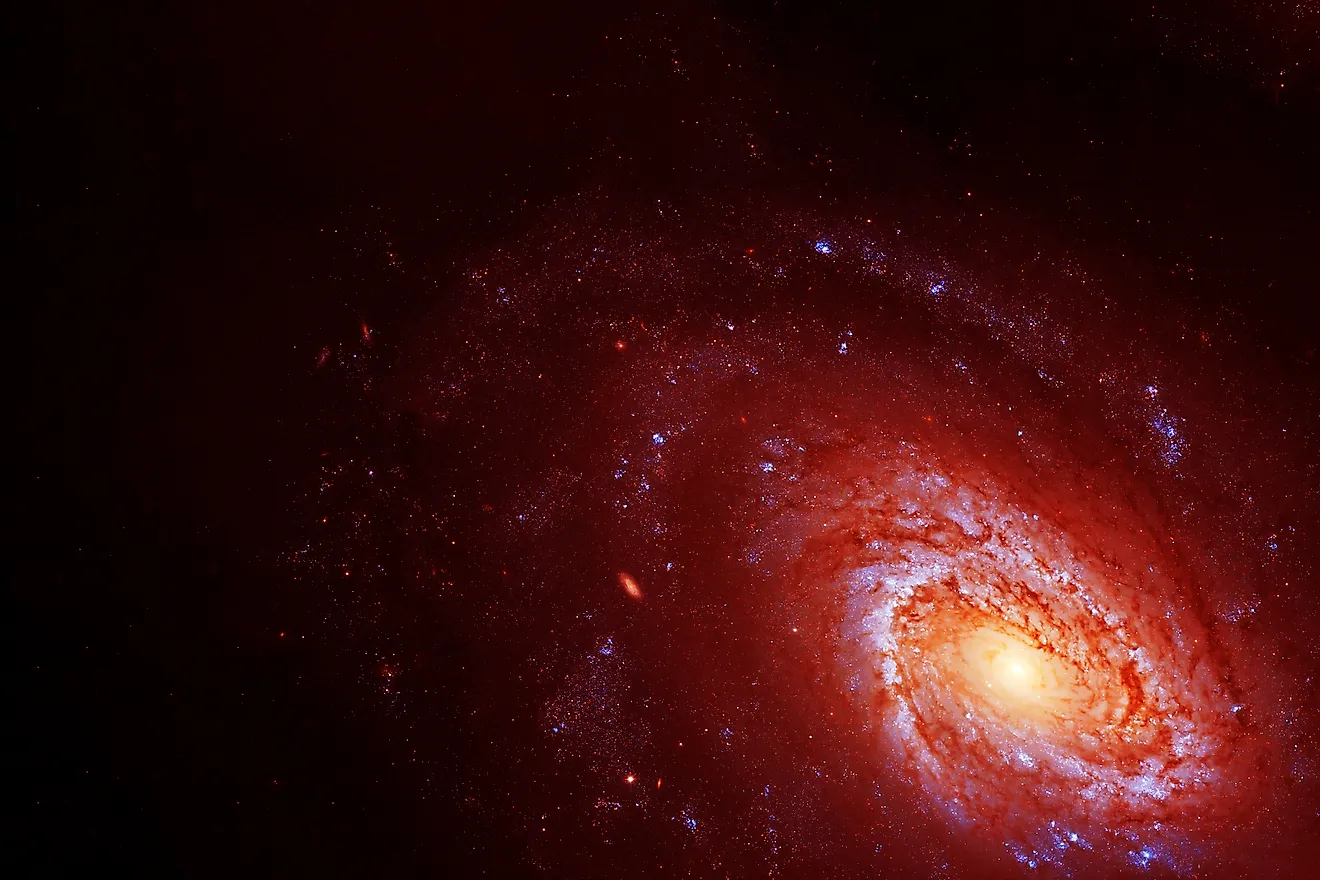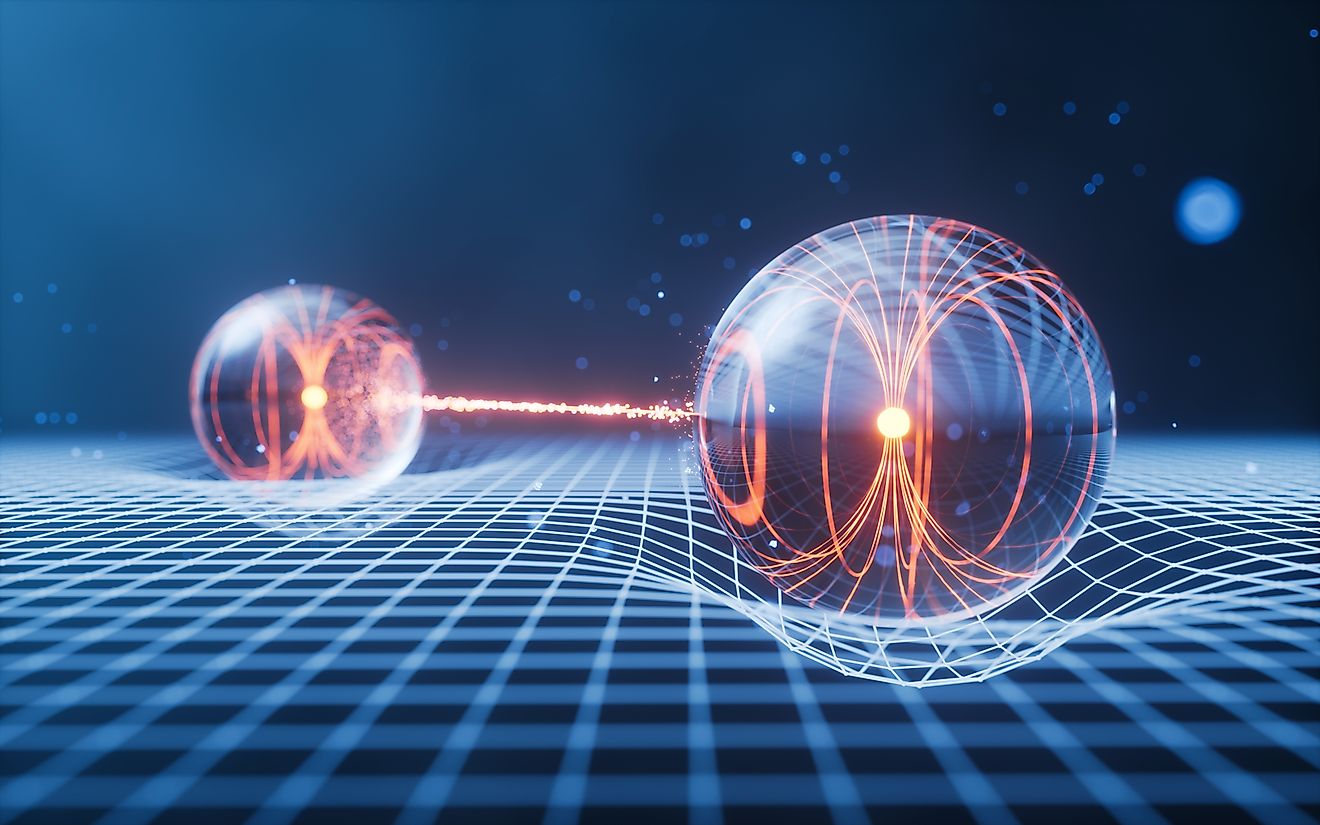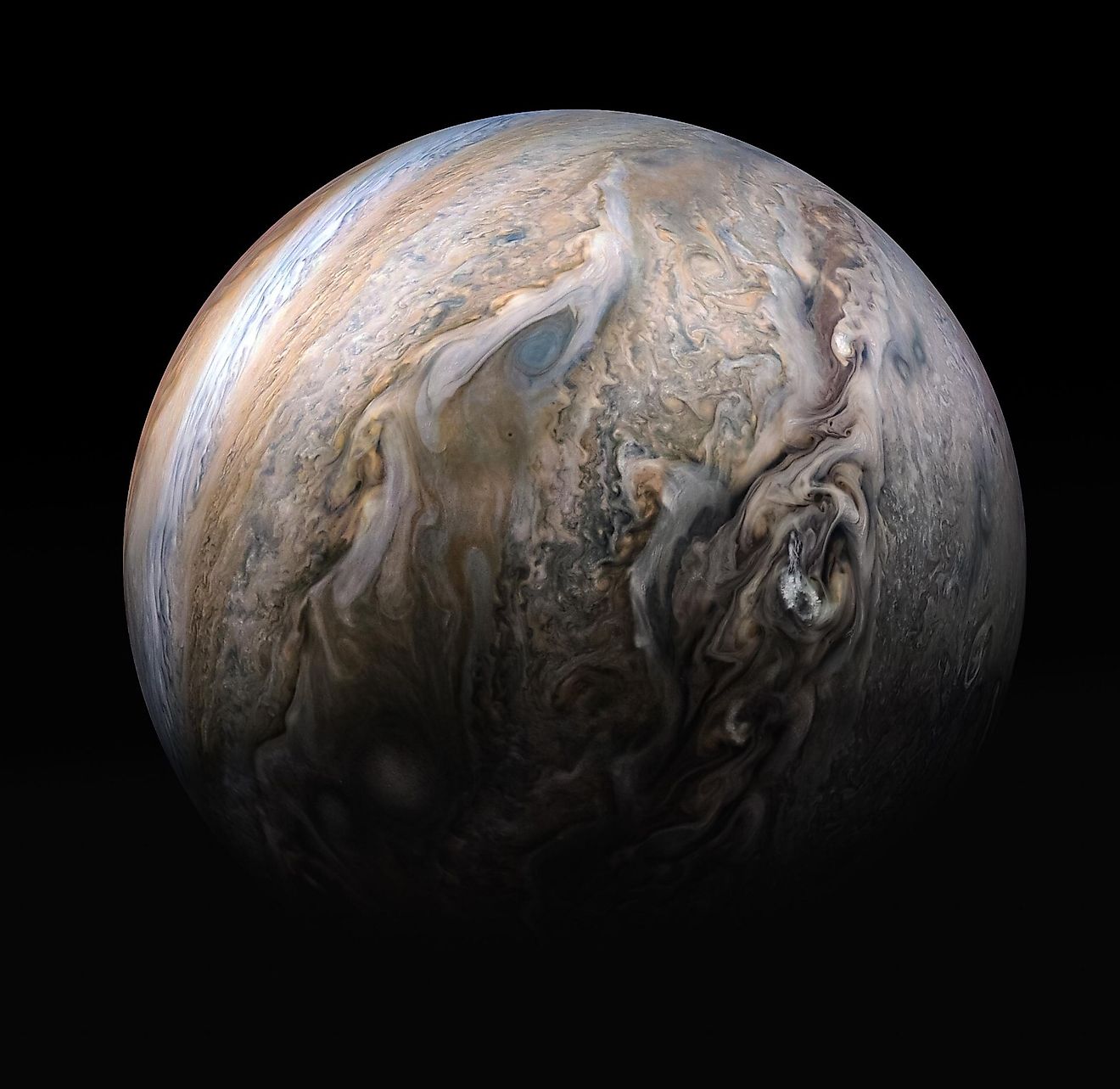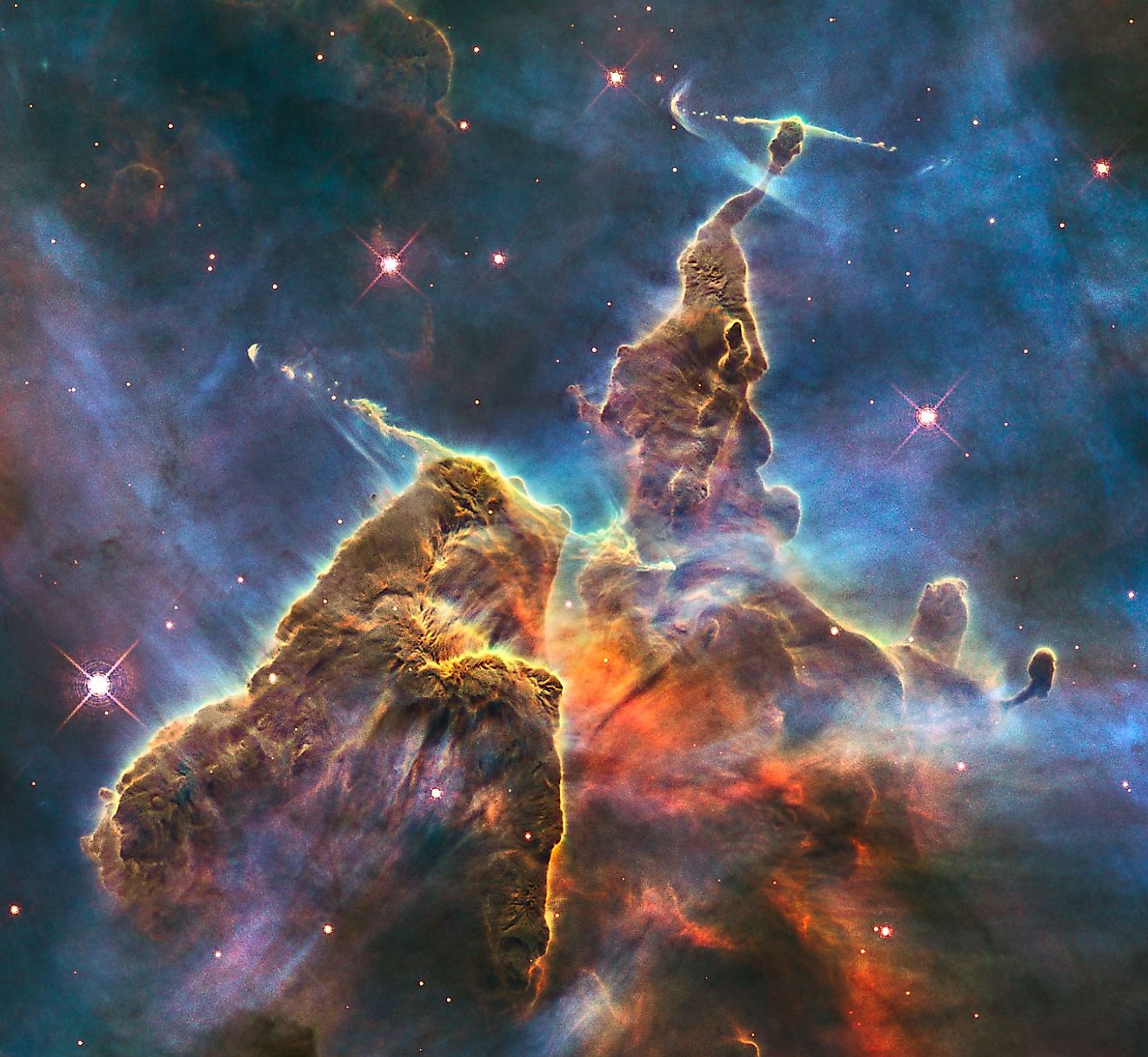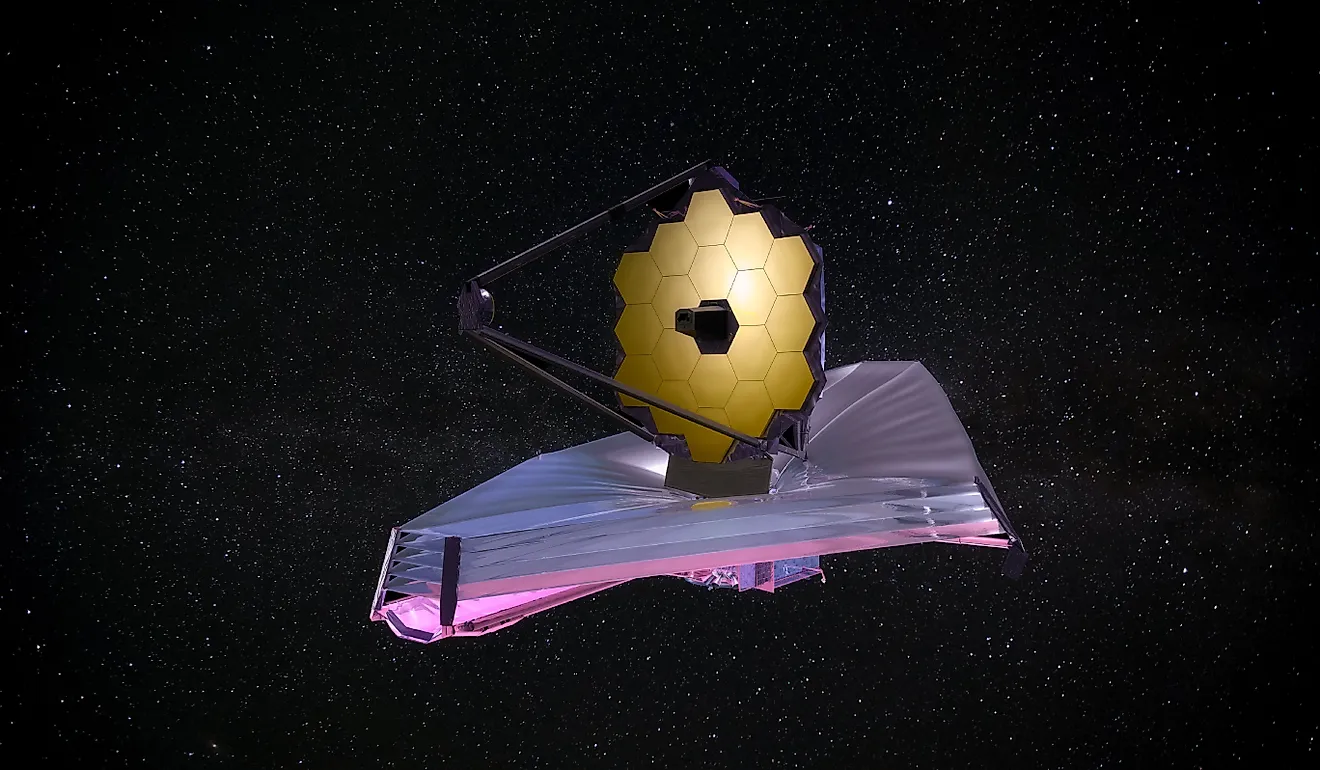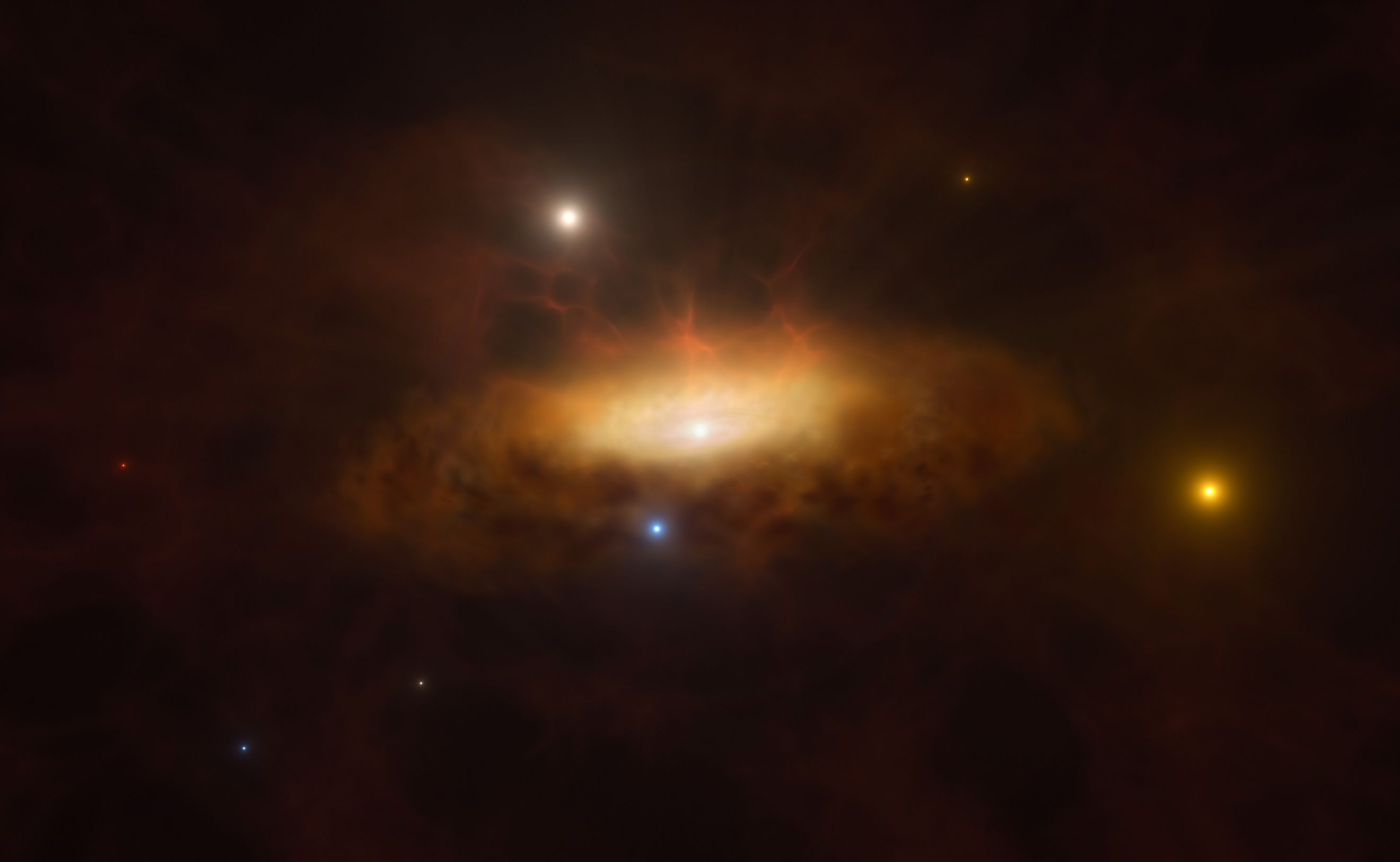
Astronomers Detect Massive Black Hole Awakening in Real Time
A mysterious burst of light was detected in a far galaxy previously thought of as unremarkable. In the Virgo constellation, galaxy SDSS1335+0728 is now believed to have witnessed changes we have never seen before as the result of the sudden awakening of a massive black hole at its center.
Astronomers had been monitoring galaxy SDSS1335+0728 for decades when, unexpectedly, in late 2019, they observed a light burst stronger than any we had seen before. Studies now have concluded that the birth of a massive black hole 1 million times more massive than the Sun at the heart of a distant galaxy is the cause of the observed light burst. The recent dramatic surge in the galaxy's luminosity has captivated the scientific community and offers a unique opportunity to witness the enigmatic behavior of a colossal black hole in real-time.
Discovery and Analysis
The initial indication of this extraordinary event came in December 2019, when the Zwicky Transient Facility, an observatory in California, recorded an unexpected and sudden rise in the galaxy's brightness. This observation triggered a wave of new investigations and re-examinations of archived data from both ground-based and space-based telescopes. The findings were astounding: the galaxy's brightness had doubled in mid-infrared wavelengths, quadrupled in ultraviolet light, and increased at least tenfold in the X-ray range.
The surge in luminosity has persisted, leading researchers to believe they are witnessing unprecedented changes. Dr. Paula Sánchez-Sáez, a staff astronomer at the European Southern Observatory headquarters in Garching, Germany, emphasized the significance of this discovery. "We discovered this source at the moment it started to show these variations in luminosity," she explained. "It’s the first time we’ve seen this in real time."
The prevailing theory among the researchers, as detailed in their publication in Astronomy and Astrophysics, is that the sudden brightening is due to the activation of an “active galactic nucleus” (AGN). This phenomenon occurs when a vast black hole at the center of a galaxy begins actively consuming the surrounding material. The process generates a broad spectrum of light as the gas around the black hole heats up and glows, with surrounding dust particles absorbing some wavelengths and re-radiating others.
Active galactic nuclei are known for their spectacular light shows, but this discovery is particularly notable because it represents a rare opportunity to observe such an event from its inception. The precise trigger for the activation remains unclear, but it is a subject of intense study and speculation. One alternative hypothesis considered by the research team is an exotic form of a "tidal disruption event." This scenario involves a star being torn apart after wandering too close to the black hole, resulting in a temporary increase in the galaxy's brightness. Typically, tidal disruption events are short-lived, brightening the galaxy for only a few hundred days.
Dr. Sánchez-Sáez highlighted the current uncertainty, stating, "With the data we have at the moment, it’s impossible to disentangle which of these scenarios is real. We need to keep monitoring the source." Continuous observations and data collection are essential to determine the exact nature of this cosmic spectacle.
Broader Implications
The implications of this discovery extend beyond the immediate fascination with the brightening galaxy. It offers a unique laboratory for studying the behavior of supermassive black holes and the processes that govern active galactic nuclei. Understanding these phenomena can provide critical insights into the evolution of galaxies and the dynamics of their central black holes.
The ongoing observations involve a collaborative effort from various astronomical facilities worldwide. The European Southern Observatory, along with other ground-based telescopes and space-based observatories, continues to monitor the galaxy. Each new piece of data contributes to a more comprehensive understanding of the processes at play.
This discovery also underscores the importance of continuous monitoring and re-evaluation of known celestial objects. Decades of routine observations of SDSS1335+0728 yielded no indications of the dramatic events to come, highlighting the dynamic and ever-changing nature of the universe.
As astronomers continue to unravel the mysteries of SDSS1335+0728, the scientific community eagerly anticipates new revelations about the enigmatic behavior of black holes and their profound impact on the galaxies they inhabit. The sudden awakening of this massive black hole offers a rare and invaluable glimpse into the extraordinary and often violent processes that shape our universe.


